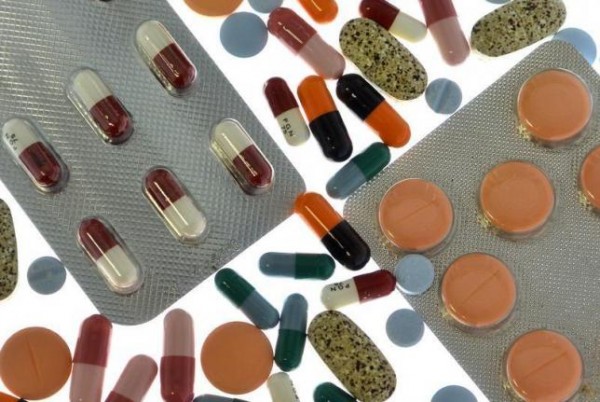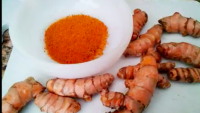Are All Anti-Diabetic Therapies Safe?
| Antara Dutta Choudhury | | Sep 19, 2015 05:24 PM EDT |
Researchers put a big question on the efficacy of a family of drugs used for treating Type 2 diabetes.
A new study by researchers from University of Cambridge and the University of Warwick published in the Journal of Biological Chemistry has highlighted that many diabetes drugs may promote spike in blood sugar level.
Researchers evaluated that a class of drugs known as glucagon-like peptide-1 (GLP-1) agonists can activate glucagon, a hormone that is produced by the alpha cells of pancreas, which elevates glucose concentration in blood. GLP-1 agonists are given to patient when diabetic condition of a patient cannot be controlled through oral anti-diabetic drugs and lifestyle changes.
Like Us on Facebook
The drugs that may promote spike in glucose are exenatide (Byetta, made by Eli Lilly) and liraglutide (Victoza, manufactured by Novo Nordisk).
GLP-1 binds to specific receptor sites in cells. GLP-1 agonists such as are exenatide and liraglutide are designed to imitate the binding effect of GLP-1 and bind to these receptors in the same way.
The findings of the study indicate the possibility that GLP-1 agonists might bind to receptor for glucagon instead of receptor cells and may lead to spike in glucose levels.
According to Newsmax, Graham Ladds, from St John's College, University of Cambridge shares, "What we have shown is that we need a more complete understanding of how anti-diabetic drugs interact with receptors in different parts of our bodies."
He added that GLP-1 agonists benefit many Type 2 diabetes patients and their findings in no way outranks the benefits; however, a complete research on this is needed to understand the potential impact of GLP-1 agonists.
Dr. Ladds suggested that there is a critical need to take into account the possibility of glucagon receptors being activated by anti-diabetic treatments when designing new therapeutics.
On an interview for Nursing Times.net, a spokesman for Novo Nordisk said, "GLP-1 receptor agonists have been used to treat diabetes for almost a decade. GLP-1 receptor agonists continue to be investigated in clinical trials with careful safety monitoring by manufacturers and regulatory authorities"
She added, "While this paper looks to be very interesting basic research, the particular laboratory tests employing yeast is somewhat unusual. Numerous other publications on glucagon and GLP-1 do not support its findings, and therefore it is difficult if not impossible to extrapolate to clinical impact."
TagsDiabetes Medicine, Anti-Diabetic Therapy, Type 2 diabetes, Type 2 Diabetes Treatment, Efficacy of Anti-Diabetic Therapies
©2015 Chinatopix All rights reserved. Do not reproduce without permission
EDITOR'S PICKS
-

Did the Trump administration just announce plans for a trade war with ‘hostile’ China and Russia?
-

US Senate passes Taiwan travel bill slammed by China
-

As Yan Sihong’s family grieves, here are other Chinese students who went missing abroad. Some have never been found
-

Beijing blasts Western critics who ‘smear China’ with the term sharp power
-

China Envoy Seeks to Defuse Tensions With U.S. as a Trade War Brews
-

Singapore's Deputy PM Provides Bitcoin Vote of Confidence Amid China's Blanket Bans
-

China warns investors over risks in overseas virtual currency trading
-

Chinese government most trustworthy: survey
-

Kashima Antlers On Course For Back-To-Back Titles
MOST POPULAR
LATEST NEWS
Zhou Yongkang: China's Former Security Chief Sentenced to Life in Prison

China's former Chief of the Ministry of Public Security, Zhou Yongkang, has been given a life sentence after he was found guilty of abusing his office, bribery and deliberately ... Full Article
TRENDING STORY

China Pork Prices Expected to Stabilize As The Supplies Recover

Elephone P9000 Smartphone is now on Sale on Amazon India

There's a Big Chance Cliffhangers Won't Still Be Resolved When Grey's Anatomy Season 13 Returns

Supreme Court Ruled on Samsung vs Apple Dispute for Patent Infringement

Microsoft Surface Pro 5 Rumors and Release Date: What is the Latest?












